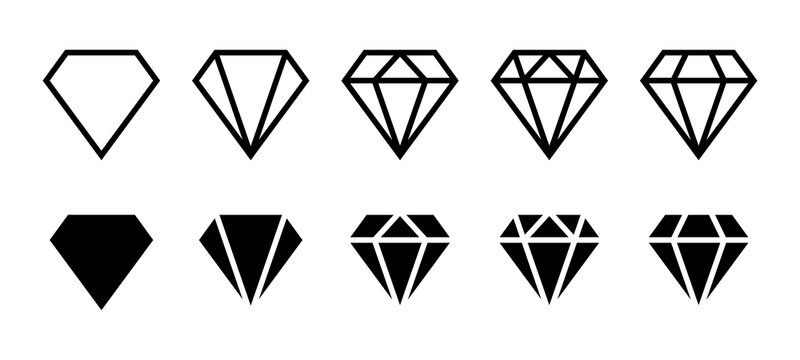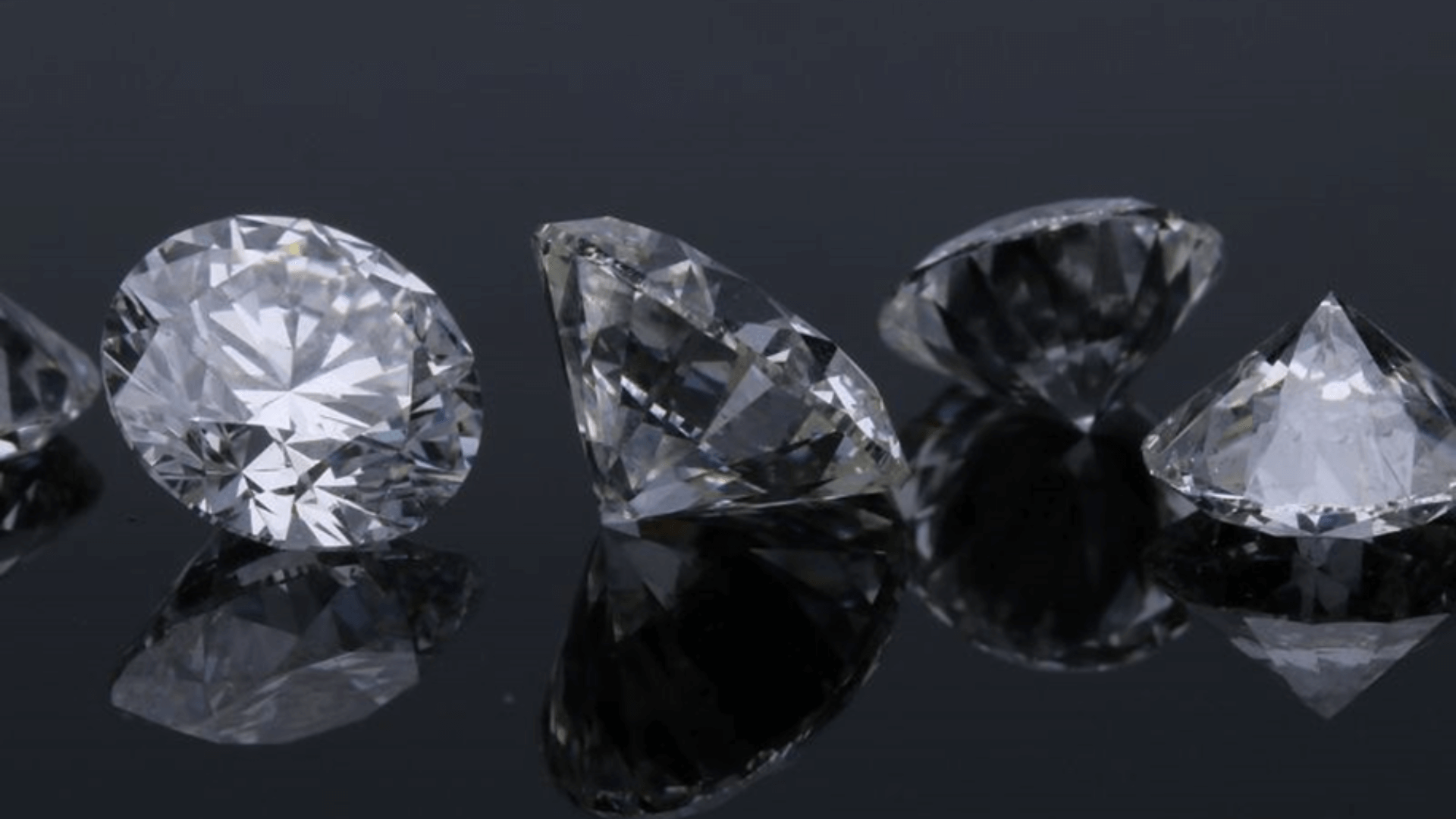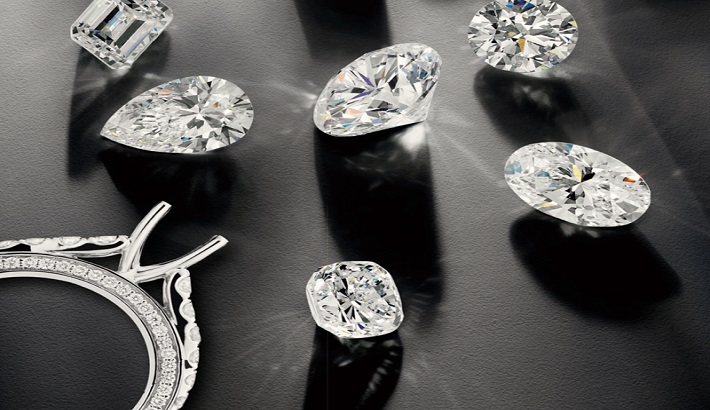Blood Diamonds and Lab-Grown Diamonds: A Thorough Examination

In the domain of gemstone buys, the decision between blood diamond and lab-grown diamonds addresses a huge moral and ecological choice. This thorough aide expects to explain the distinctions between these two kinds of diamonds, giving a top to bottom investigate their origins, influences, and the advantages of choosing lab-grown other options.
What Are Blood Diamonds?
Blood diamonds, otherwise called struggle diamonds, are gemstones mined in disaster areas and offered to back equipped clash against states. These diamonds have gained notoriety for subsidizing brutality, human privileges mishandles, and ecological corruption. The expression “blood diamond” arose out of the severe practices related with diamond mining in nations like Sierra Leone, Angola, and the Majority rule Republic of Congo.
The Origins of Blood Diamonds
Blood diamonds regularly originate from locales tormented by common distress and struggle. The assets got from the offer of these diamonds have generally been utilized to help vicious groups and propagate delayed suffering. In light of this issue, the worldwide local area has looked to resolve the issue through different drives.
The Kimberley Interaction
To battle the exchange blood diamonds, the Kimberley Cycle Confirmation Plan (KPCS) was laid out in 2003. This peaceful accord means to forestall the exchange of contention diamonds by requiring accreditation for diamonds exchanged across borders. In spite of its endeavors, the Kimberley Cycle has confronted analysis for inefficacy and provisos permit struggle diamonds to enter the market.
What Are Lab-Grown Diamonds?
Lab-grown diamonds, additionally alluded to as manufactured or refined diamonds, are created in controlled laboratory conditions. These diamonds have a similar physical, synthetic, and optical properties as normal diamonds, making them an engaging option for moral and ecologically cognizant customers.
The Most common way of Making Lab-Grown Diamonds
Lab-grown diamonds are delivered utilizing two essential techniques:
1. High Strain High Temperature (HPHT) Technique
The HPHT technique impersonates the regular circumstances under which diamonds structure in the World’s mantle. Carbon is exposed to high strain and temperature to make diamonds that are for all intents and purposes indistinguishable from normal ones. This strategy is one of the earliest and most settled methods for diamond blend.
2. Compound Fume Affidavit (CVD) Technique
The CVD technique includes utilizing a carbon-rich gas to store carbon iotas onto a substrate. The carbon molecules take shape into diamond structure over the long haul. This strategy considers exact command over the diamond’s properties and is progressively famous in the business.
Moral and Natural Effect
Moral Contemplations
One of the most convincing motivations to pick lab-grown diamonds over blood diamonds is the moral benefit. Lab-grown diamonds don’t finance outfitted struggle or human privileges mishandles. They are delivered in controlled conditions, ensuring that their creation doesn’t add to the suffering of laborers in struggle zones.
Ecological Effect
Customary diamond mining has critical natural repercussions, including territory obliteration, soil disintegration, and water defilement. Interestingly, lab-grown diamonds offer a more practical choice. They require less land, water, and energy to deliver, and their manufacturing cycle produces insignificant waste.
Comparing the Expenses
Cost of Blood Diamonds
Blood diamonds frequently come at a high premium because of their relationship with selectiveness and saw extraordinariness. Notwithstanding, this cost is swelled by the moral and ecological expenses related with their mining.
Cost of Lab-Grown Diamonds
Lab-grown diamonds are for the most part more reasonable than regular diamonds. Their cost advantage comes from lower creation costs and the shortfall of the moral premium appended to lab diamonds. This cost productivity permits purchasers to obtain great diamonds for a portion of the cost of normal other options.
Quality and Attributes
Correlation of Actual Properties
Both blood diamonds and lab-grown diamonds share indistinguishable actual properties. They are made out of carbon iotas organized in a precious stone cross section structure, which gives them their trademark brightness and hardness. Be that as it may, lab-grown diamonds can be created with less considerations and defects, frequently bringing about higher lucidity contrasted with regular diamonds.
Reviewing and Confirmation
Lab-grown diamonds are reviewed involving similar standards as regular diamonds: the Four Cs – Carat, Cut, Variety, and Clearness. They are guaranteed by legitimate gemological laboratories, ensuring their quality and genuineness. This reviewing framework permits buyers to pursue educated choices in light of definite evaluations regarding the diamond’s qualities.
Customer Patterns and Market Acknowledgment
Developing Prevalence of Lab-Grown Diamonds
The market for lab-grown diamonds has been developing consistently as buyers become more mindful of the moral and natural ramifications of their buys. Lab-grown diamonds are progressively acknowledged as a suitable and appealing option in contrast to regular diamonds, upheld by headways in innovation and expanding customer demand for reasonable items.
View of Blood Diamonds
While endeavors to check the exchange of blood diamonds have been progressing, they actually hold an unfortunate underlying meaning. Customers are turning out to be more educated and mindful about the origins of their gemstones, prompting a decrease on the lookout for blood diamonds.
Conclusion
In rundown, the decision between blood diamonds and lab-grown diamonds mirrors a more extensive thought of morals and natural effect. Lab-grown diamonds present a convincing choice to blood diamonds, offering similar actual properties without the related moral and ecological expenses. As purchaser mindfulness keeps on developing, the inclination for lab-grown diamonds is probably going to increment, driven by their manageability and reasonableness.






